I'm using JChart2D for visualization. I would like to make the X and Y axis equal in terms of pixels. By doing so its much easier to see how far the points are from each other in euclidean distance (see image). As it is now, the x-axis is more stretched out. They already have the same range in terms of values.
The framesize defines the pixel values right now, i.e:
jFrame.setSize(800,600);. Everything then dynamically fits inside the frame where the Chart2D resize itself to make space. I find the pixels manually, but that seems stupid. Also, if i have a scenario with a lot of clusters, the legends line will wrap and thus resize the chart.
I've googled a lot and looked at the documentation, but I've been unable to find a solution.
So how do i set the chart to a fixed size, that's independent from the other items in the frame?
Image example:
